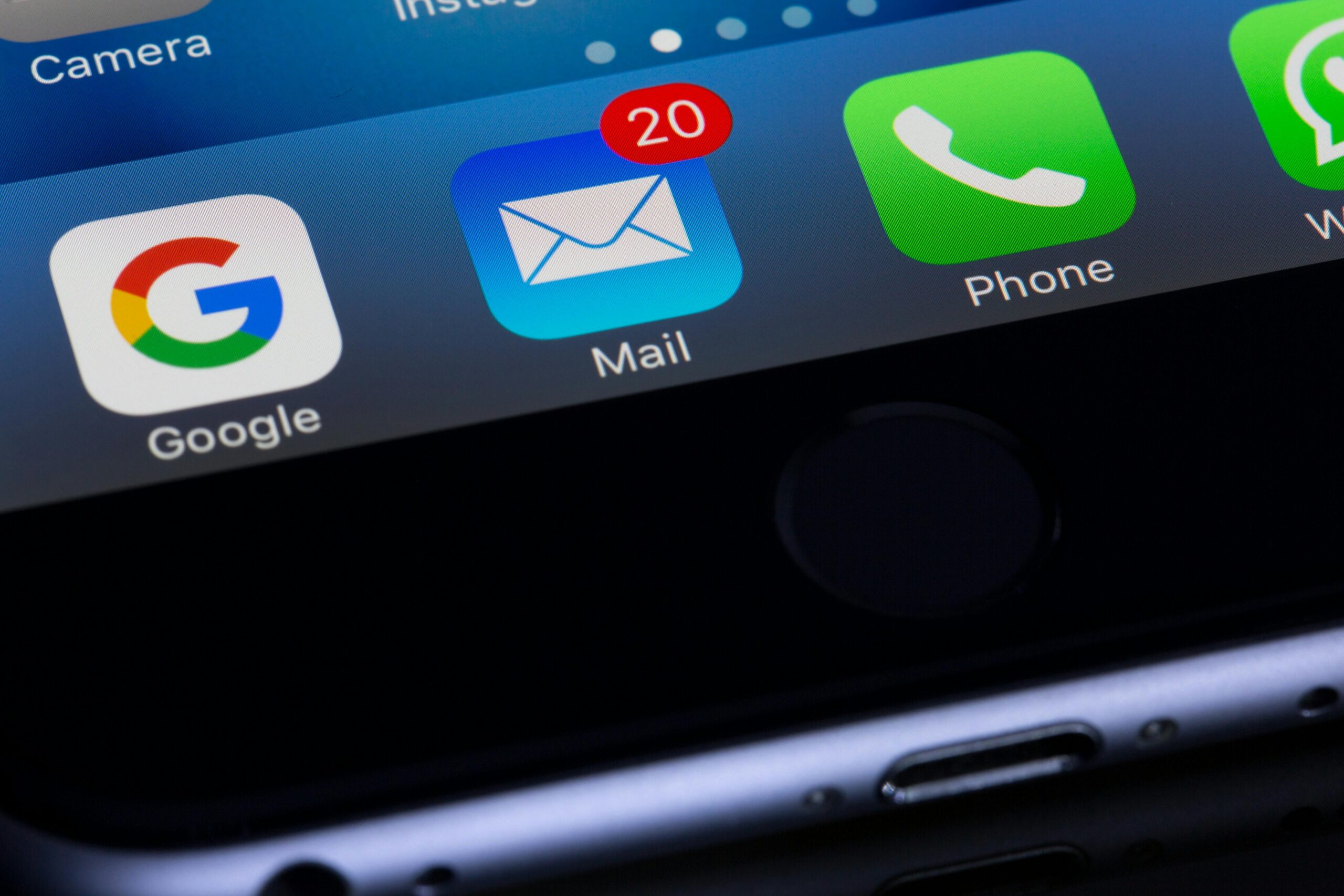Emails and instant messages are at the heart of workplace communication these days.
They keep us connected, no matter where we are or what we’re doing. The trick is to use them wisely.
Casual exchanges might work in some scenarios, but professional settings often call for a bit of finesse, starting with tone and language.
The tone is your vibe in text form. In emails, leaning towards formal language makes sense.
Think polite, straightforward, yet respectful vibes. This isn’t the place for slang unless you’re sure it’s cool within your team’s dynamic.
When it comes to choosing between emails and instant messages, it’s about context.
Emails are great for formal communications, details that need to be referenced later, or when you’re reaching out to someone you don’t chat with regularly.
Instant messaging is your go-to for quicker, less formal back-and-forths, especially with folks you work closely with. Knowing which format fits the purpose can save heaps of time and reduce confusion.
For both channels, clarity and brevity are your best pals. Nobody’s got time for lengthy dissertations, so be clear and to the point, whether you’re sending a quick message or a detailed email.
It’s about respecting everyone’s time and making sure messages are easy to understand right away.
Why Effective Communication Leads To Success
Crafting Impactful Emails: Best Practices for Clarity and Professionalism
Subject lines are like the front door to your email, and they better be inviting. A good subject line is short and snappy, giving just enough info to let the recipient know what’s coming. It’s like saying, ‘Hey, this is important,’ without the shouting.
When writing emails, getting straight to the point helps a lot. Start with a brief intro if needed, then hit the main points directly. Clarity is key. No need for fancy words or complex terms. Just simple, everyday language that everyone understands.
Do’s and don’ts in email etiquette often boil down to treating digital conversations like face-to-face ones. Be polite and professional, use proper salutations, and avoid all caps (no-one likes a shouty email). Emojis can add warmth but know when it’s appropriate, sticking to the company’s style if there is one.
Taking a moment to proofread can save from misunderstandings or accidental autocorrect blunders. Even if you’re in a hurry, spell check and read it over before hitting send. This little effort shows attention to detail and respect for the recipient.
Remember to be concise. Nobody enjoys scrolling an endless email, especially when it’s for work. We all appreciate straight-to-the-point communication, and when in doubt, good bullet points or numbered lists can organize info clearly.
For emails with attachments, mention what’s included and why recipients might need it. This creates a smoother experience, allowing people to access and use information easily.
How To Articulate Your Thoughts In Writing: A Practical Guide
Instant Messaging: Balancing Efficiency with Etiquette

Instant messages are awesome for quick chats and speedy clarifications. They work well for fast-paced exchanges, but there’s a knack to doing it right in the workplace. It’s all about keeping it respect-friendly and efficient.
When messaging, keeping things short and to the point always helps. Like, if you’re catching up or need an instant check-in, be clear about what you need or are responding to. Recipients should know what’s up without squinting at the screen.
Respecting someone’s ping-pong time is crucial.
Not everyone can drop everything at the ding of a new message. So, unless it’s urgent, know that it might take some time for people to get back to you. It’s cool to check in if a message hasn’t been seen, but don’t stress if there’s a slight delay.
Group chats are where instant messaging can get tricky. It’s easy to overshare or overwhelm. Keeping messages relevant and concise in group convos ensures nobody gets lost in a flood of notifications. Tagging people directly when something’s relevant to them is a good move to keep things organized.
Using emojis, GIFs, and abbreviations can make messages more relatable and fun, as long as it’s in line with company culture. Knowing when it’s appropriate ensures that professional boundaries aren’t overstepped. Remember, it’s still a workplace, even if it feels casual.
It’s smart to know your audience well who appreciates a meme and who prefers info straight-up. This helps balance being yourself while keeping the conversations professional.
Methods For Asking Questions In Online Forums And Communities
Navigating Digital Boundaries: Respect, Timing, and Privacy
Workplace communication is all about finding that sweet spot where respect meets efficiency. This means respecting everyone’s time, privacy, and the general flow of professional interactions.
Timing is everything. Just because someone looks online doesn’t mean they’re available for a chat about work stuff. It’s crucial to consider timing, especially when handling cross-department or international communication, to avoid catching someone off guard or during odd hours.
Balancing accessibility with intrusion is key. Quick replies are great, but there’s a point where constantly available crosses being into personal space. It’s alright to set boundaries and like, simply let things wait if they aren’t urgent.
Talking privacy, it’s important to be mindful of sharing sensitive information over email or messaging apps. Always use secure methods for confidential information to ensure it stays within trusted circles.
Be conscious about where you are when sharing data. Public places are a no-go for reading out confidential emails or messages.
Staying professional in more casual communication environments can be tricky, but consistency is your friend. Even if the chat turns informal, keeping your professional tone intact helps maintain respect across different platforms.
Remember, the digital footprint lasts. Being thoughtful about what you type and share online ensures things don’t come back unexpectedly, maintaining a good professional reputation.
Incorrect Communication Techniques
Conclusion
In conclusion, mastering digital communication in the workplace is essential for fostering productivity, respect, and clarity. Whether it’s through emails or instant messaging, understanding the context, tone, and etiquette helps ensure your messages are well-received and effective.
By being concise, clear, and mindful of the timing and privacy concerns, you contribute to a professional environment that values both efficiency and respect.
Embracing these communication practices can streamline your interactions, reduce misunderstandings, and help maintain positive professional relationships in an increasingly digital world.
Disclosure: If you click on the affiliate links provided in this article and purchase the product, I will receive a small commission from the company of the product. You will not pay anything extra for your purchase. You can read the affiliate disclosure for more information.




6 thoughts on “Emails And Instant Messages Etiquette In The Workplace”
This is such a relevant topic in today’s workplace! I completely agree with the emphasis on tone and clarity in digital communication. One thing I’ve found effective is tailoring my approach depending on the recipient. For example, I stick to formal emails when communicating with clients but use instant messaging for quick updates with my team. It saves time and keeps everyone on the same page. Have you noticed any trends in how different industries adapt these practices?
Hi Herman,
Absolutely, tailoring communication to the audience is so important! I’ve noticed that industries like tech and startups lean heavily on instant messaging and collaboration tools like Slack, while more traditional sectors like finance still prioritize formal emails. It’s fascinating to see how different workplaces balance speed with professionalism!
Very interesting website which goes to show that common sense is not that common. To a small company or a larger one with a training unit, your skills would be most useful. I worked with a large corporation for over 30 years, and this type of skill is still needed today despite the many forms of communication in use.
Thank you so much for your thoughtful comment! It’s true that common sense in communication often needs a structured approach to be truly effective, even with today’s advanced tools. Your experience with a large corporation highlights just how timeless and universal these skills are. 😊
Here is some excellent advice regarding etiquette in both emails and messages so thank you for that. There is nothing worse than getting random useless short messages that both waste time and irritate the reader. For this reason, I prefer to communicate through email for business purposes.
On the other hand, I think there is a fine line between sending too many emails and making the emails useful to the readers. On the other hand sending too few emails, you may risk losing readers. It takes a lot of practice to get a happy balance, and I find I am still learning through trial and error.
HI Michel,
Finding that perfect balance in email communication is definitely a learning process! Too many emails can feel overwhelming, while too few might cause disengagement.